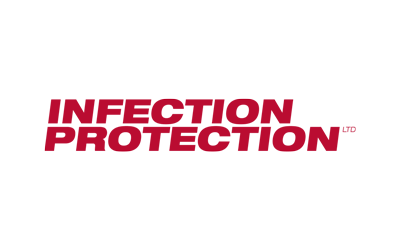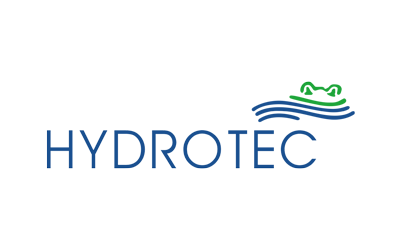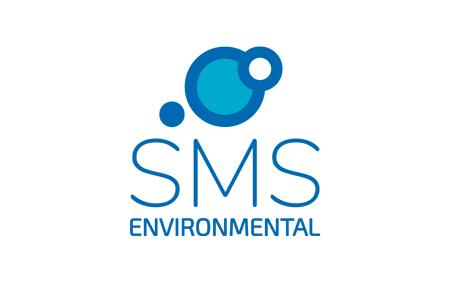Specialist consultancy services to
CARE HOMES
This page does not replace any clinical or public health advice.
The information within this resource draws upon several sources including the National Institute of Health and Care Excellence (NICE), NHS, government departments and professional regulators.
Providers registered with the Care Quality Commission (CQC) must comply with the regulations and consider the Code of Practice for the prevention and control of infections in the delivery of their services.
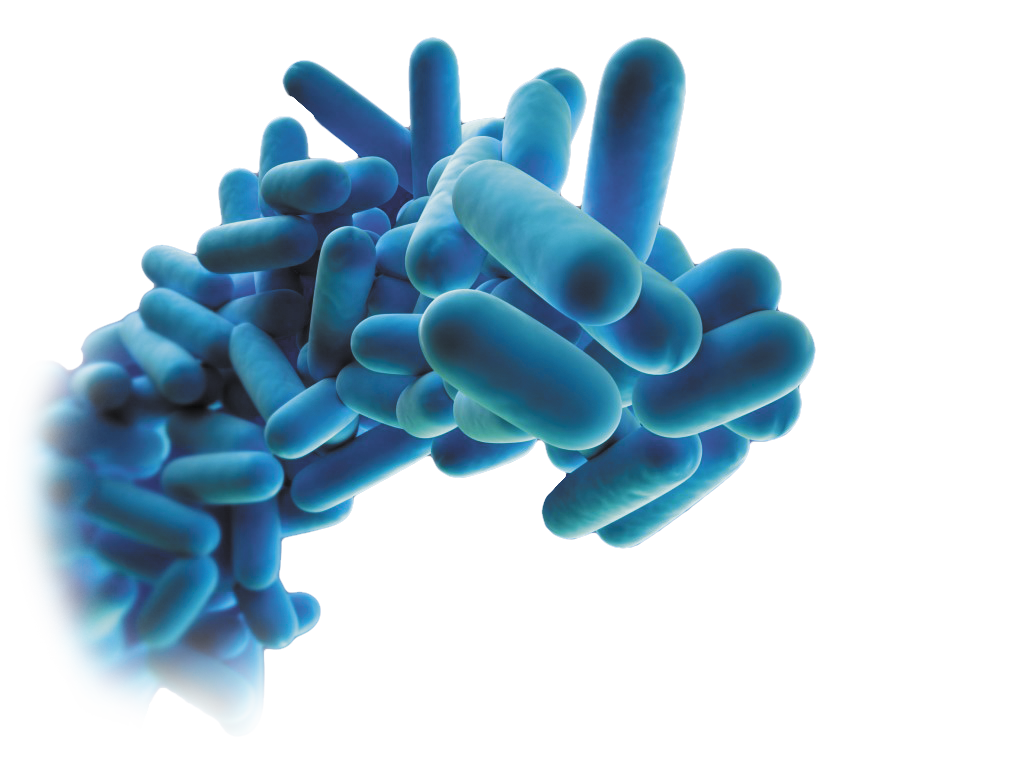
We can provide specific advice in many areas of infection control, for example, how well do you control your laundry operation, are the technical parameters correct and do you achieve hygienic quality.
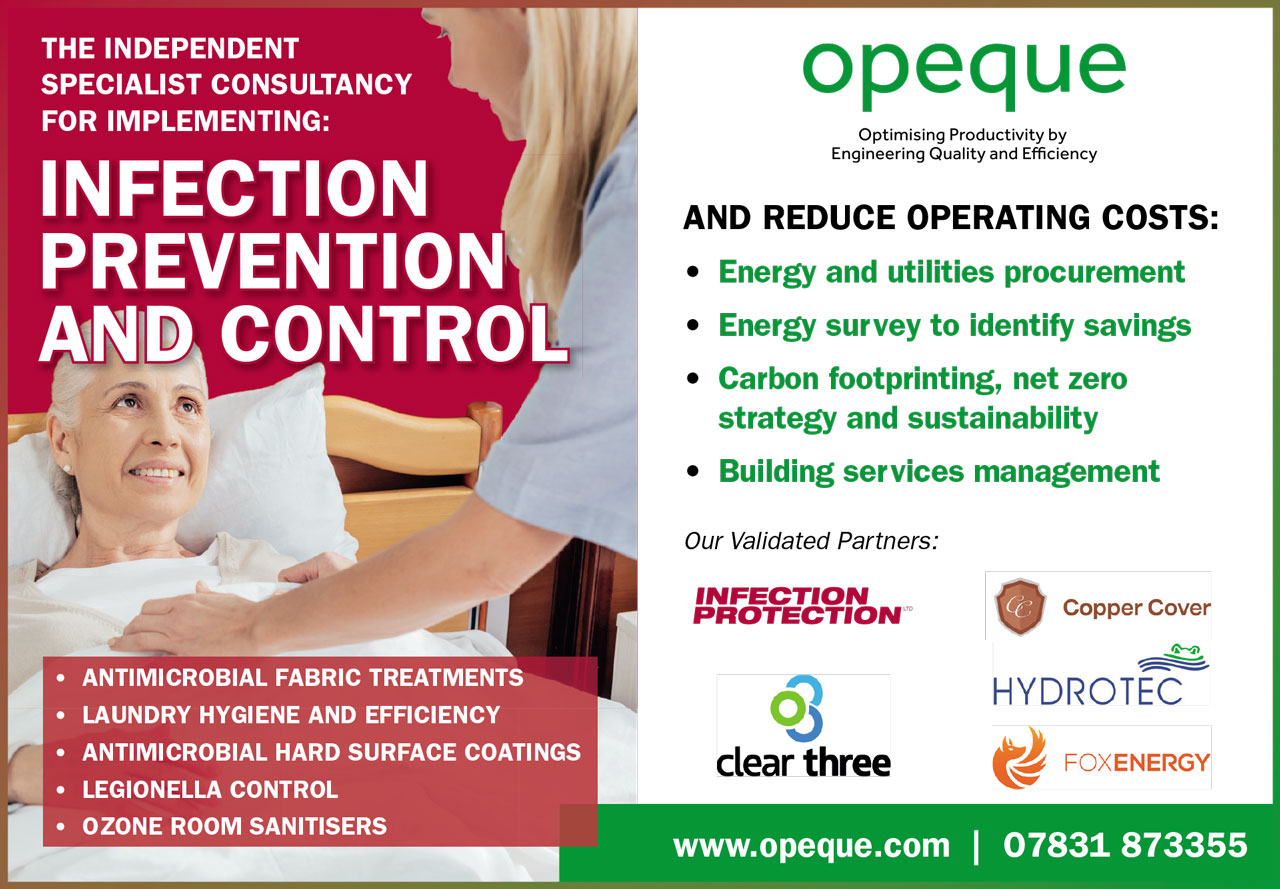
Management of laundry
People are supported in a variety of different environments, and workers have differing degrees of control and responsibility for the management of laundry depending on the setting.
It is important to ensure workers have the required information in relation to laundry management that is appropriate to the setting within which they are supporting people.
The key principles for safely handling laundry are:
- wash hands between handling clean and used or infectious laundry
- prevent cross contamination between clean and used or infectious laundry
- use separate containers for clean and used or infectious laundry
- do not shake used or infectious laundry
- do not place used or infectious laundry on the floor or on surfaces
- use an apron to protect worker clothing from used or infectious laundry
infectious laundry:
- do not wash by hand
- use the appropriate pre-wash cycle
- launder separately from other items
- launder at appropriate temperatures
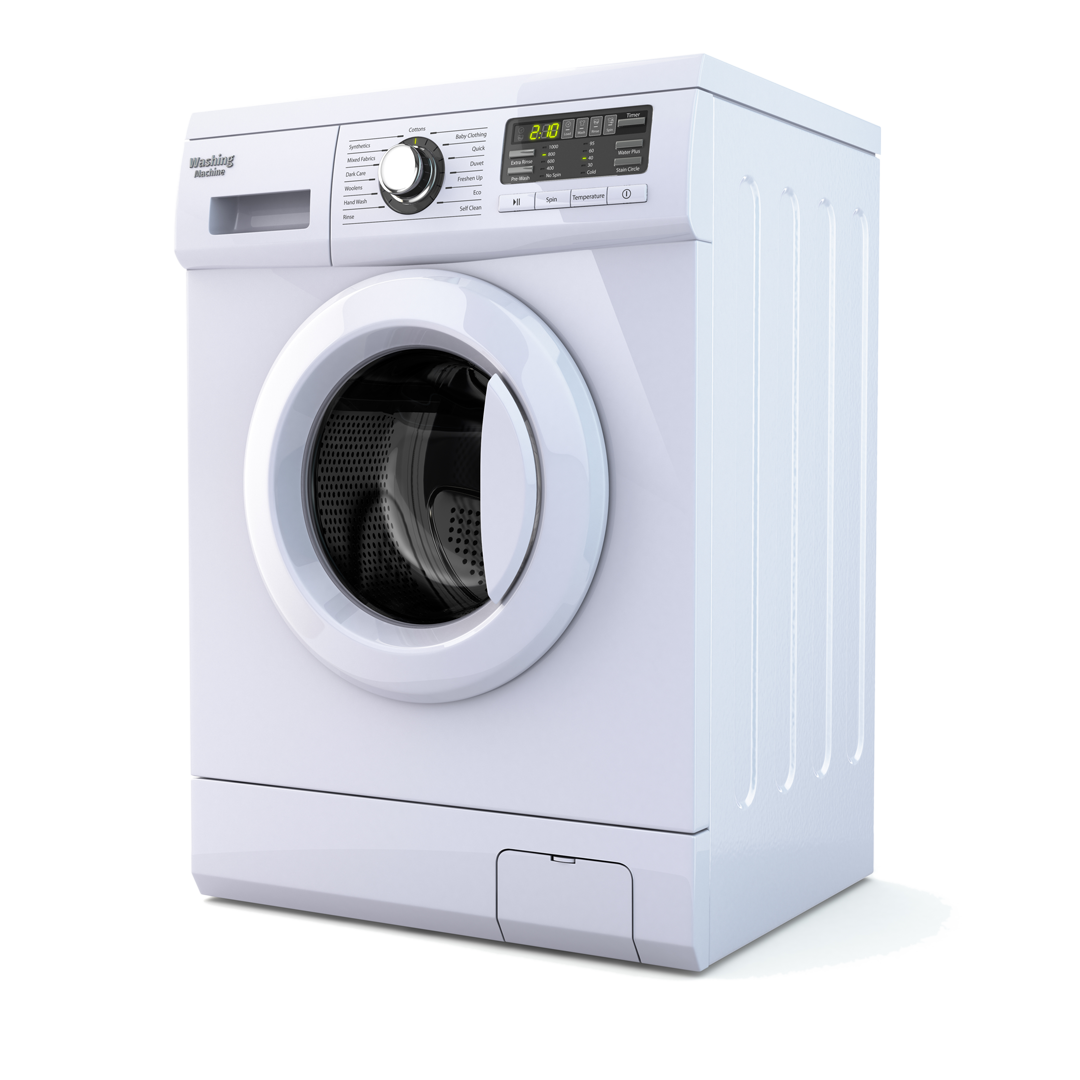
There are 3 categories of laundry:
- clean – laundry that has been washed and is ready for use
- used – used laundry not contaminated by blood or body fluids
- infectious – laundry used by a person known or suspected to be infectious and/or linen that is contaminated with blood or body fluids, for example faeces
Clean:
- Store clean linen in a clean, designated area, preferably an enclosed cupboard.
Used:
- All dirty linen should be handled with care, and attention paid to the potential spread of infection. Within a care home, place used laundry in an impermeable bag immediately on removal from the bed, or before leaving the person’s room. Place the laundry receptacle as close as possible to the point of use, for immediate laundry deposit.
- Handle used laundry safely by wearing a single use or washable apron to protect your clothing if necessary.
Avoid:
- shaking or sorting laundry on removal from beds
- placing used laundry on the floor or any other surfaces
- re-handling used laundry once bagged
- overfilling laundry receptacles (not more than two-thirds full)
- placing inappropriate items in the laundry receptacle
Infectious:
- Infectious laundry includes laundry that has been used by someone who is known or suspected to be infectious and/or linen that is contaminated with body fluids.
- Seal infectious laundry in a water-soluble bag (appropriate for the washing machine used) immediately on removal from the bed, and then place this within an impermeable bag.
- Place water-soluble bags containing infectious laundry directly into the washing machine without opening the bags.
- Use separate containers for transporting clean laundry, and used or infectious laundry, and wash infectious laundry separately.
- Clean hands between handling different categories of laundry.
- Where workers are responsible for laundering the clothing of a person with an infectious illness, these should be laundered at the highest temperature possible recommended by the manufacturer. For delicate items of infectious laundry consider using a laundry bleach or alternative laundry disinfectant. Heavily soiled items should have a pre-wash cycle or sluice cycle selected where available.
- Within care homes, consider processes that will help ensure dirty laundry will not contaminate clean laundry. Consider having a dirty to clean flow system in laundry rooms so clean and used laundry are physically separated and ensure hand washing facilities are available where possible to do so.
And we can refer you to expert providers of:
Antimicrobial fabric treatments
Copper Silver ionisation based water treatment systems for controlling Legionella Pneumophila and Pseudonomas Aeruginosa and other water borne bacteria
Copper cover antimicrobial surface treatment for handles, push plates, etc.
Laundry machinery and detergent suppliers
We are exhibiting at www.carehomesipc.co.uk
We will also be exhibiting at the Care Roadshow on 18th October; www.careroadshows.co.uk/london

